Looking to power up your fitness game with the right protein supplement? It’s essential to dive into the world of protein powders and understand what sets them apart. Enter the fierce showdown between protein isolate and protein concentrate - the dynamic duo ruling the supplement market. In this comprehensive guide, we’ll dissect their processing methods, analyze their nutritional prowess, savor the taste test, and weigh in on the cost.
So get ready to fuel your workouts like a pro and achieve those peak gains!
UNDERSTANDING PROTEINS: ISOLATES VS. CONCENRATES
Proteins play a fundamental role in constructing muscle mass as they serve as vital building blocks. They consist of amino acids, crucial components necessary for cell growth and repair within your body. Protein supplements usually come in two primary forms: Isolates and Concentrates. Having a clear understanding of the distinctions between these two types of protein can guide you in selecting the one that best suits your nutritional requirements.

PROTEIN ISOLATES
Protein isolates are the purest form of protein with 90-95% protein content. They are easily digested and quickly absorbed by the body, making them ideal for post-workout recovery and building lean muscle. However, they tend to be more expensive than concentrates due to the extra processing. Here are some key points to keep in mind when thinking of the isolate option.
- High Protein Content: Protein isolate boasts an impressive 90-95% protein concentration, perfect for boosting protein intake without extra fats and carbs.
- Low Fat and Carbohydrate Content: Advanced processing removes unwanted fats and carbs, making protein isolate ideal for weight watchers and athletes.
- Easy Digestion: Thorough filtration removes non-protein components like lactose, making protein isolate gentle on sensitive stomachs and lactose-intolerant individuals.
- Swift Recovery Support: Protein isolate delivers amino acids rapidly, promoting muscle growth and speedy recovery after workouts.
- Hypoallergenic Advantage: Purification may eliminate allergens, potentially ensuring a safer consumption experience for allergy-prone individuals.
- Diet Versatility: Unflavored nature allows protein isolate to seamlessly blend into various diets, from low-carb to weight management plans.
PROTEIN CONCENTRATES
Protein concentrates retain more natural components with 25-89% protein, along with fats and carbs. They digest slowly, releasing amino acids gradually, making them filling for hunger control or meal replacement. Although less expensive, they offer fewer grams of protein per serving compared to isolates. Here are some key points to keep in mind if you’re leaning towards the concentrates option:
- Enhanced Muscle Recovery: Protein concentrate, especially whey protein, aids muscle repair with essential amino acids and provides an energy boost for improved growth and performance.
- Weight Management Support: Protein concentrate curbs appetite, helps control snacking, and contributes to feeling fuller, making it valuable for weight management goals.
- Improved Nutrient Intake: With a rich nutrient profile, protein concentrate offers a balanced blend of carbohydrates, fats, minerals, and vitamins, perfect for meeting increased nutritional needs or restricted diets.
- Budget-Friendly Option: Protein concentrate provides similar benefits to isolate without the higher cost, making it a wallet-friendly choice without compromising quality.
- Ideal Meal Replacements: Satisfying and balanced, protein concentrate excels as a convenient and nutritious meal substitute, when combined with other ingredients.

BUT WHICH ONE IS RIGHT FOR YOU?
The choice between protein isolate and protein concentrate hinges on your unique dietary needs and goals.
Isolate suits lean muscle growth and lower calorie intake, while concentrate offers a balanced nutrient profile.
Weigh cost, taste, and digestibility in your decision-making process. Both options deliver excellent protein and vital nutrients for muscle growth and repair.
THE JOURNEY OF ISOLATE VS. CONCENTRATE: THE PRODUCTION PROCESS
Curious about the real differences in processing? Let’s quickly break it down for you!
Crafting Protein Isolate: Raw materials like dairy milk, soy, or peas undergo precise extraction to remove fats and lactose, leaving concentrated protein. Enriching methods like ion-exchange or crossflow microfiltration ensure purity. The result? A potent powder with over 90% protein content. Ideal for the lactose-intolerant, it’s the epitome of pure protein power, fueling inner strength.
Crafting Protein Concentrate: Protein concentrate begins with raw materials and undergoes a gentler filtration process. It retains more nutrients, leading to higher carbohydrates, fats, and other substances. Ultrafiltration separates proteins, yielding a concentrate with about 25-89% protein. The spray-dried powder offers a balanced nutrient mix but may contain lactose. Cost-effective and protein-rich, not suitable for lactose-intolerant individuals.
DECODING PROTEIN ISOLATE & CONCENTRATE

UNRAVELING THE PRICE PUZZLE
Price difference between protein isolate and concentrate is due to their distinct production processes. Protein isolate undergoes rigorous filtration, removing more non-protein components, increasing production costs. In contrast, protein concentrate requires gentler processing, retaining more nutrients, leading to a more budget-friendly option. Protein isolate's higher cost stems from its pursuit of higher protein content, while concentrate's affordability is a result of less intensive production.
DEBUNKING PROTEIN MYTHS - ISOLATE VS. CONCENTRATE
In the upcoming visuals, we will debunk some common misconceptions surrounding protein isolate and protein concentrate. It is crucial to conduct thorough research, grasp the distinctions between the two, consider your dietary requirements, and align them with your objectives to make well-informed decisions about the most suitable option for you.



TASTE VS. BUDGET: THE PROTEIN DILEMMA
When it comes to protein supplements, taste and budget play significant roles in the decision-making process. Let's explore both below:
Taste Temptations: Protein isolate reigns supreme in the taste department. Its rigorous refinement leaves behind a neutral flavor, making it a popular choice for those who want to enhance their meals without altering the original food flavors. Smoothies, oatmeal, and other dishes can be transformed into protein-packed delights with ease. On the other hand, protein concentrate retains more of the original components, giving it distinct flavors from the whole food source. The taste preference between isolate and concentrate is subjective and varies based on individual liking and intended use.
Budget Battles: Cost becomes a decisive factor in the protein quest. The additional processing of protein isolate increases its price, catering to those who prioritize higher protein content despite the cost. Meanwhile, protein concentrate takes a wallet-friendly stance, offering a more economical option for those seeking a protein supplement that won't break the bank. Although it provides slightly less protein, it still meets the needs of individuals who don't require extremely high protein intake. The choice boils down to balancing cost and protein content, along with considering taste and dietary requirements.
In the quest for protein supplements, the choice comes down to balancing cost and protein content, catering to individual needs and preferences.
In conclusion, when deciding between protein isolate and protein concentrate, it's essential to weigh the factors that matter most to you. Protein isolate offers higher purity and lower levels of carbohydrates and fats, making it ideal for those seeking a leaner protein source. On the other hand, protein concentrate provides a more well-rounded nutrient profile and may be a better fit for individuals looking for a cost-effective option with a broader range of nutrients.
Consider your specific dietary needs, fitness goals, and budget constraints while making your choice. Whichever option you select, remember that both protein isolate and protein concentrate can play valuable roles in supporting your overall nutrition and fitness journey. Choose wisely and enjoy the benefits of incorporating quality protein into your daily routine.

But if you need a little help deciding and want the best of both worlds then check out Prostar Whey 100% Protein which has whey protein isolate and whey protein concentrate. As an added bonus, it also has hydrolyzed whey protein, a whey protein pre-digested with enzymes that is absorbed by your body even faster than whey isolate, great for post work out to immediately start replenishing your muscles.

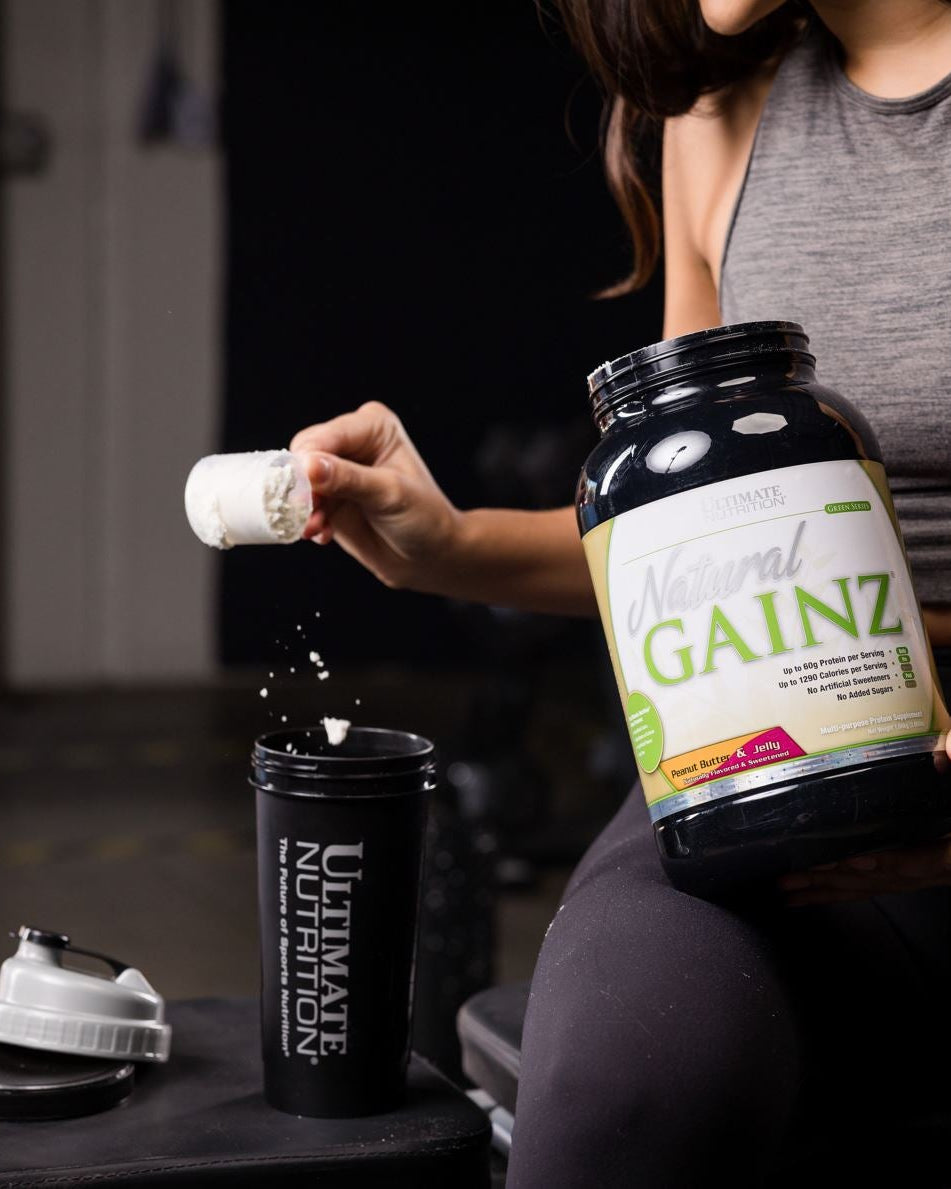
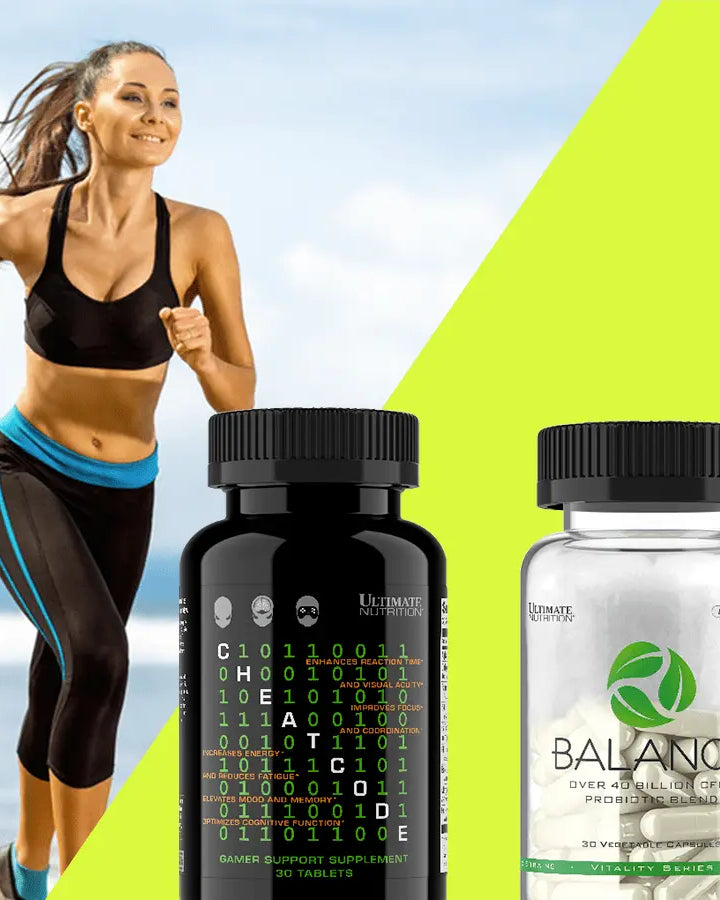
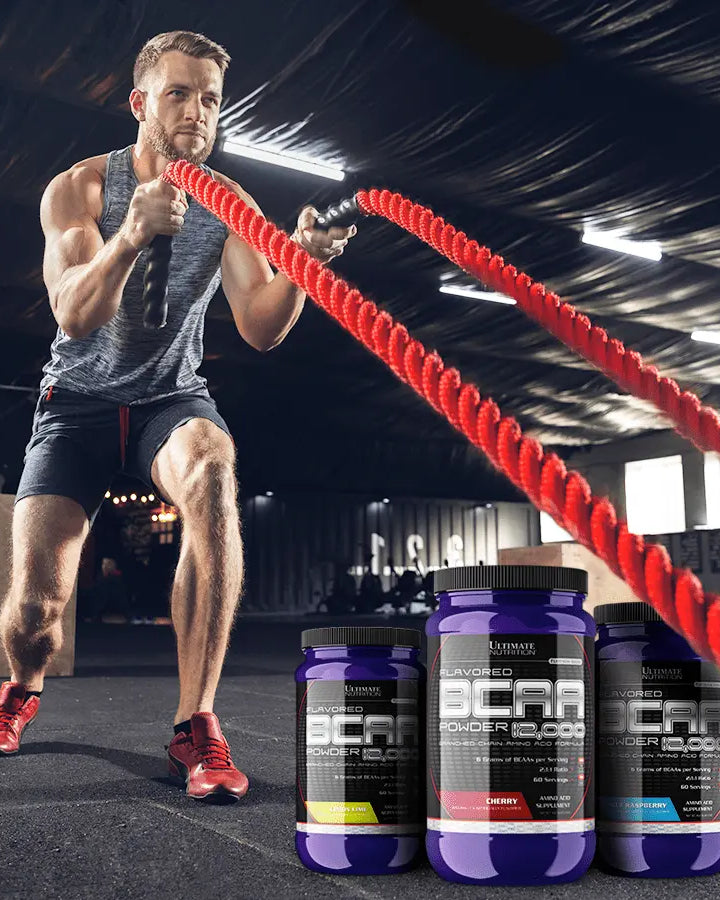
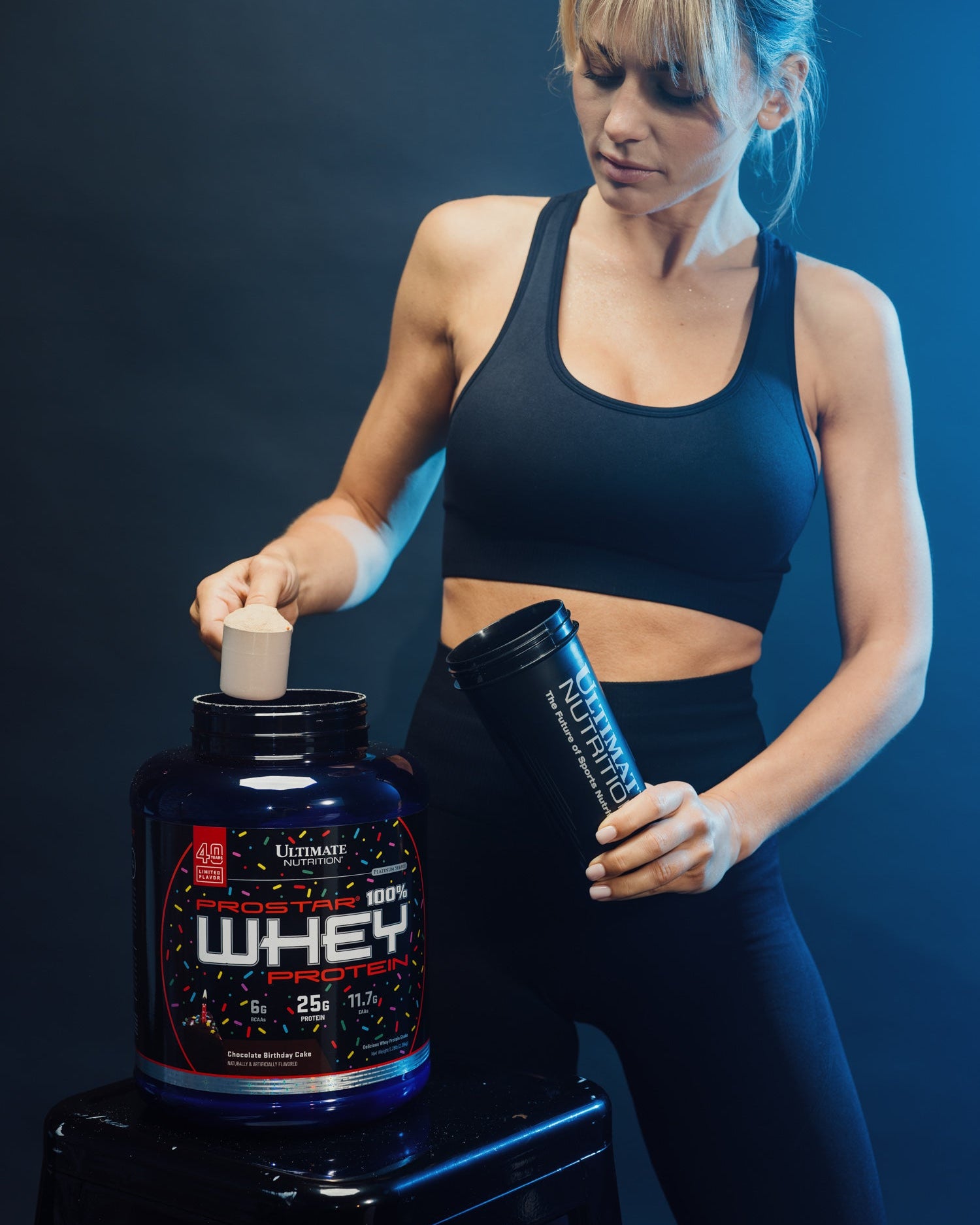
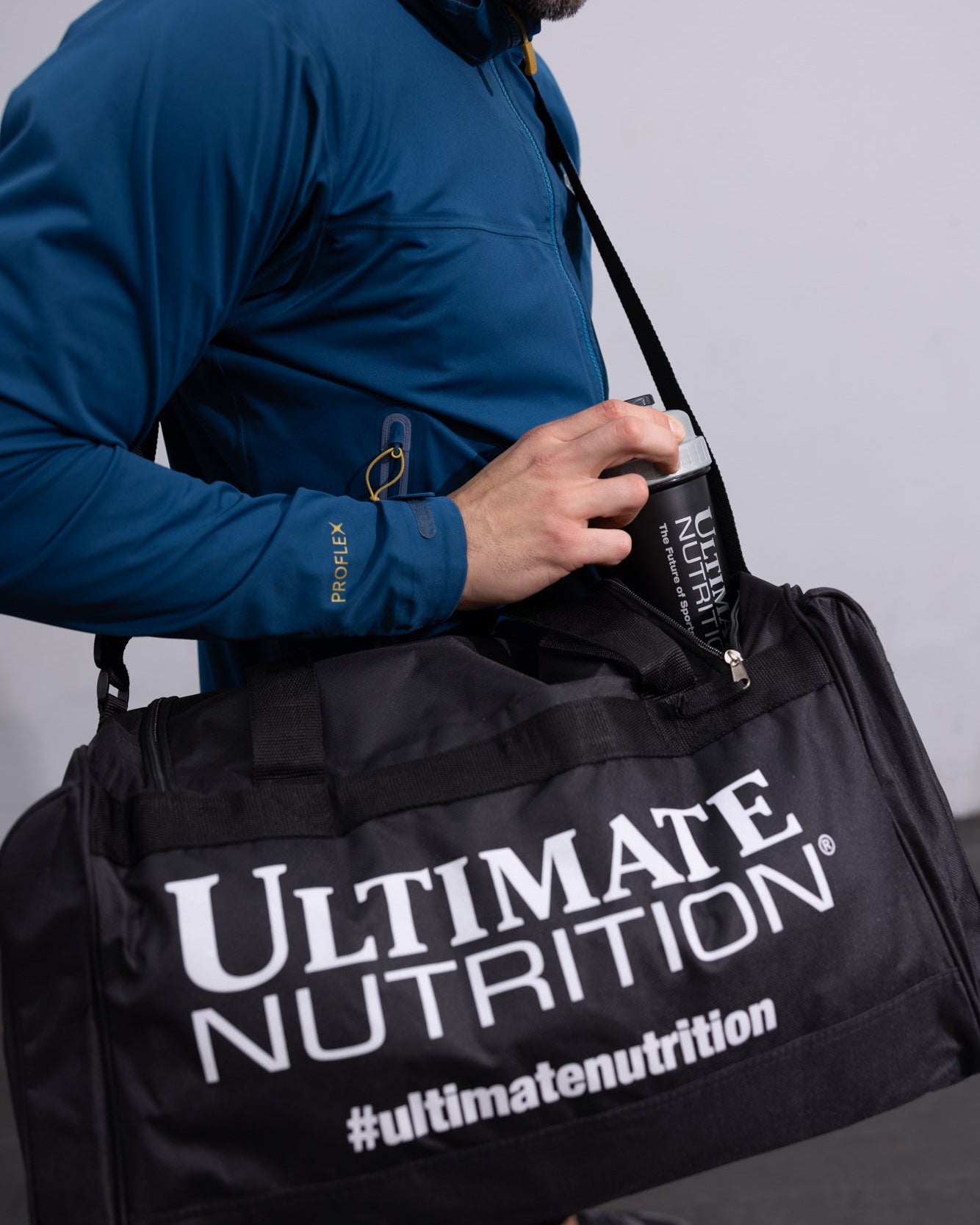
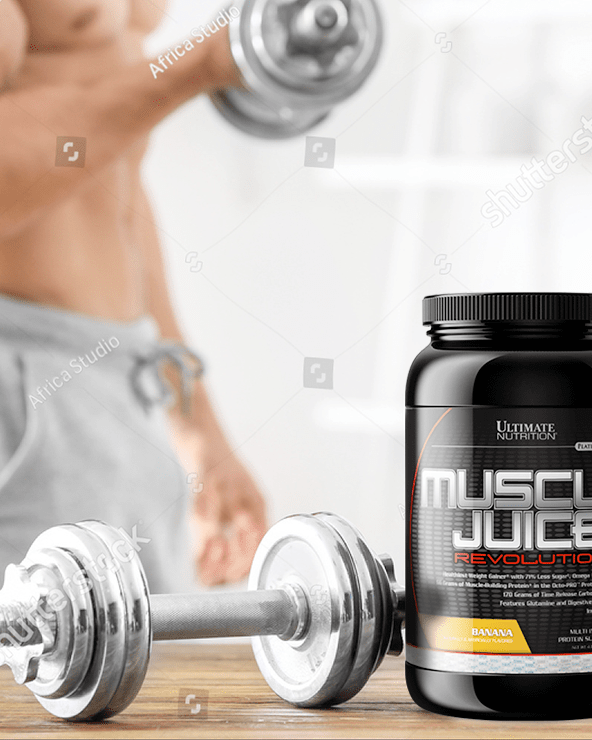
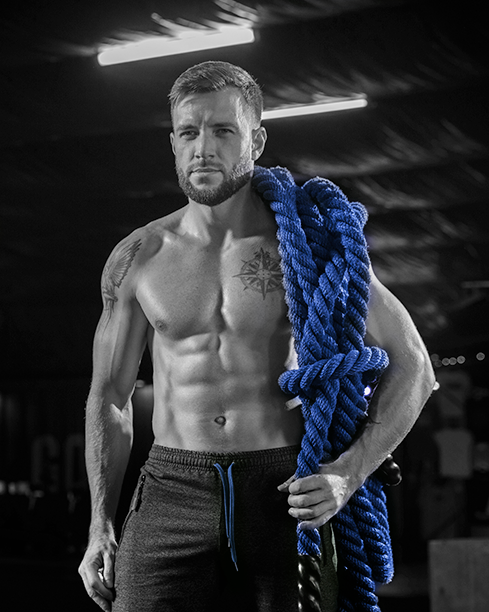
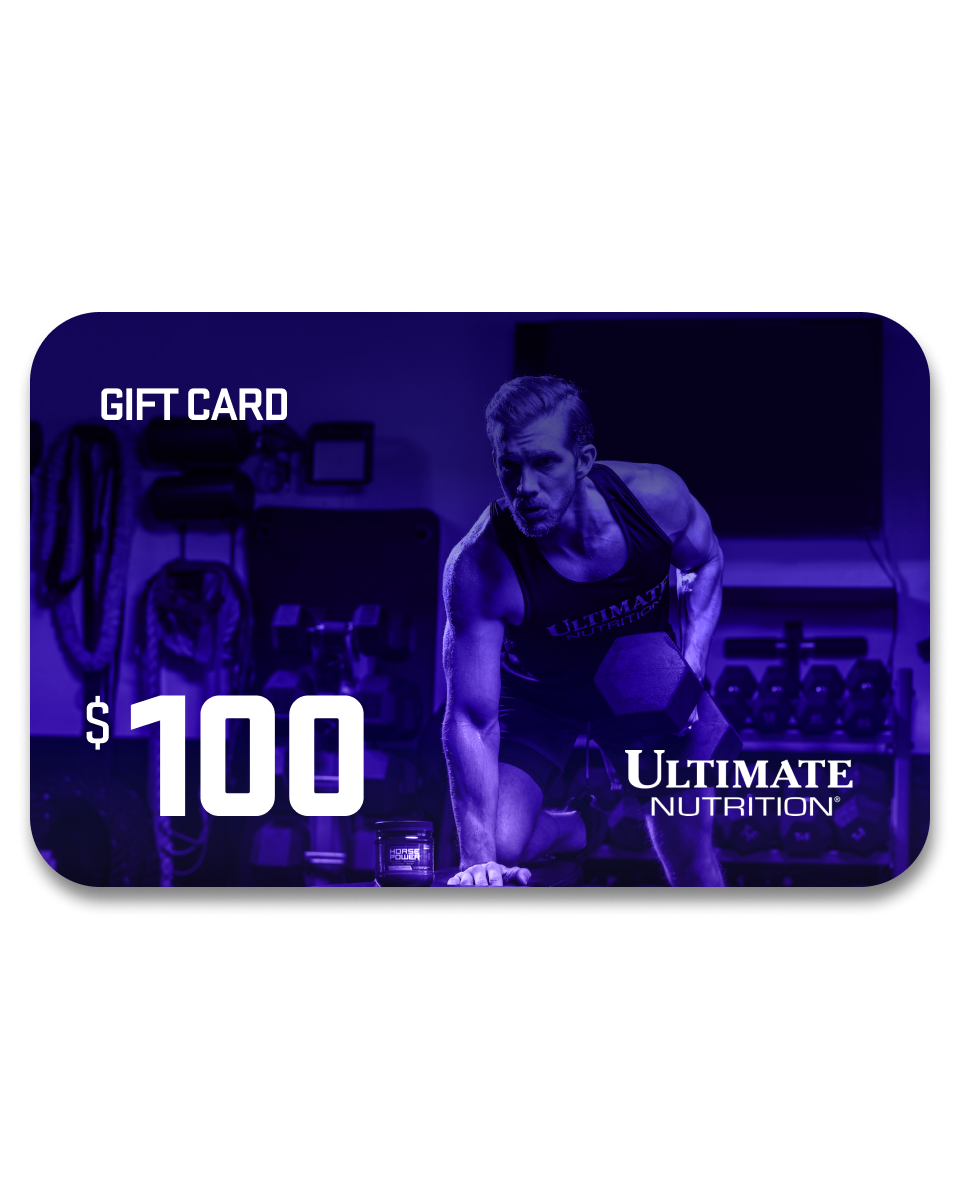
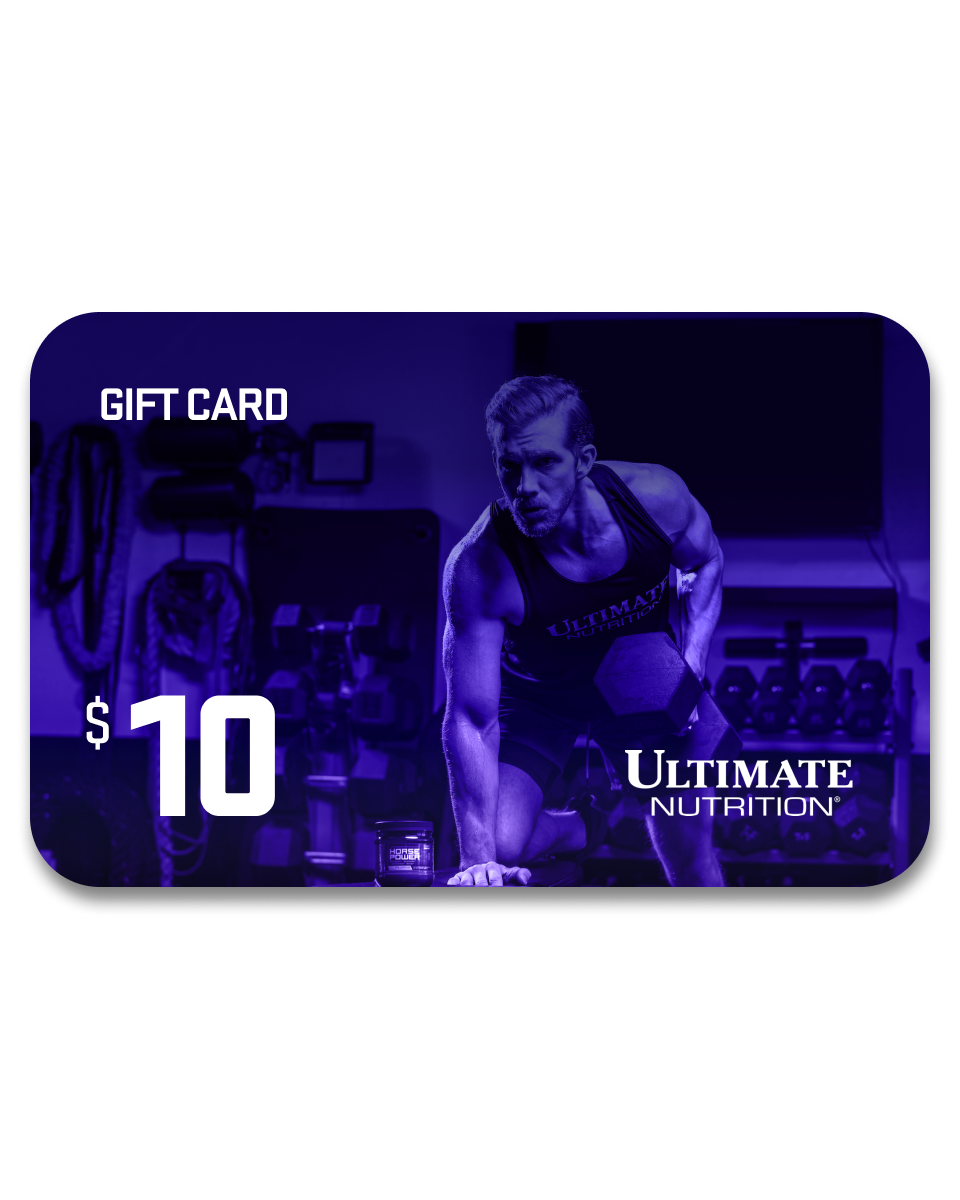
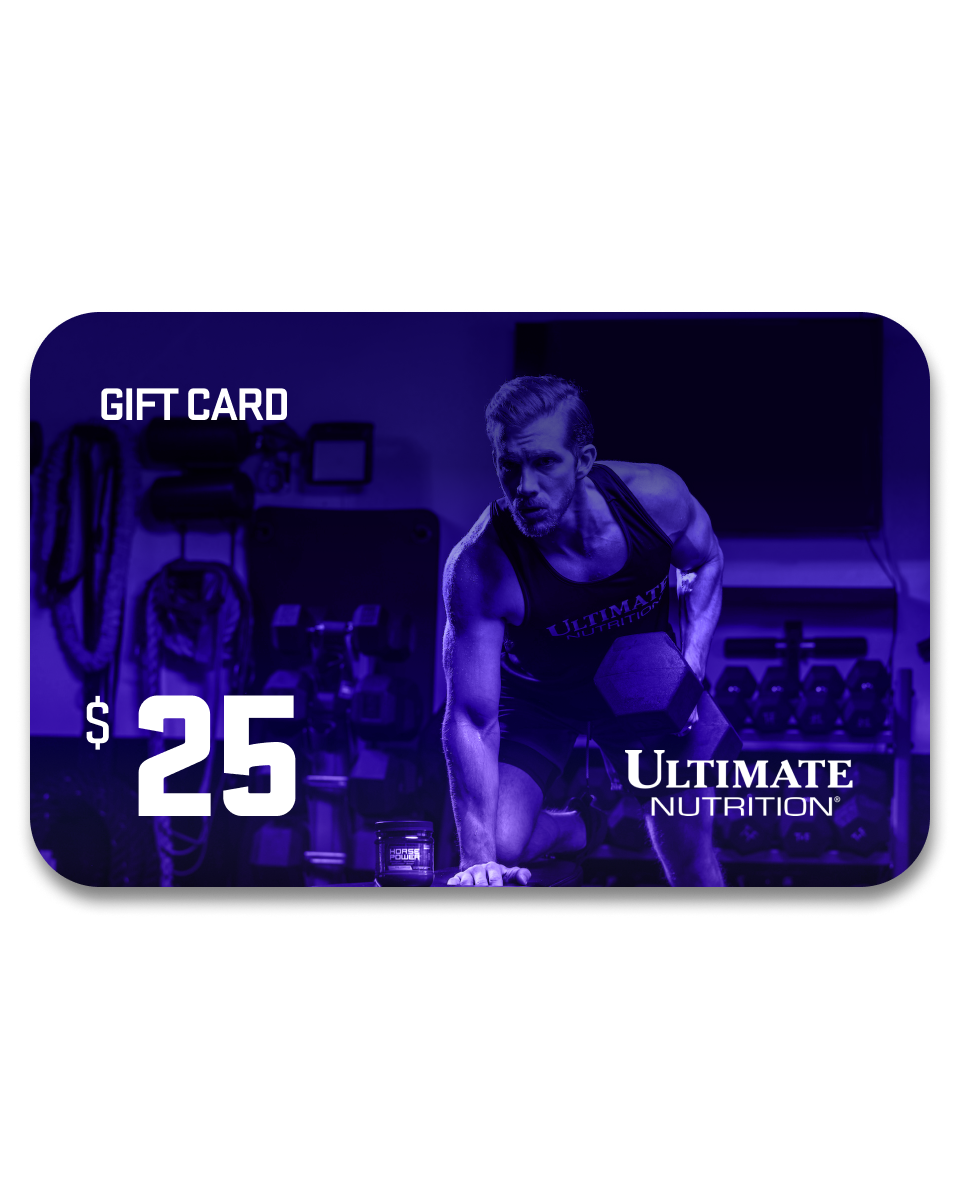
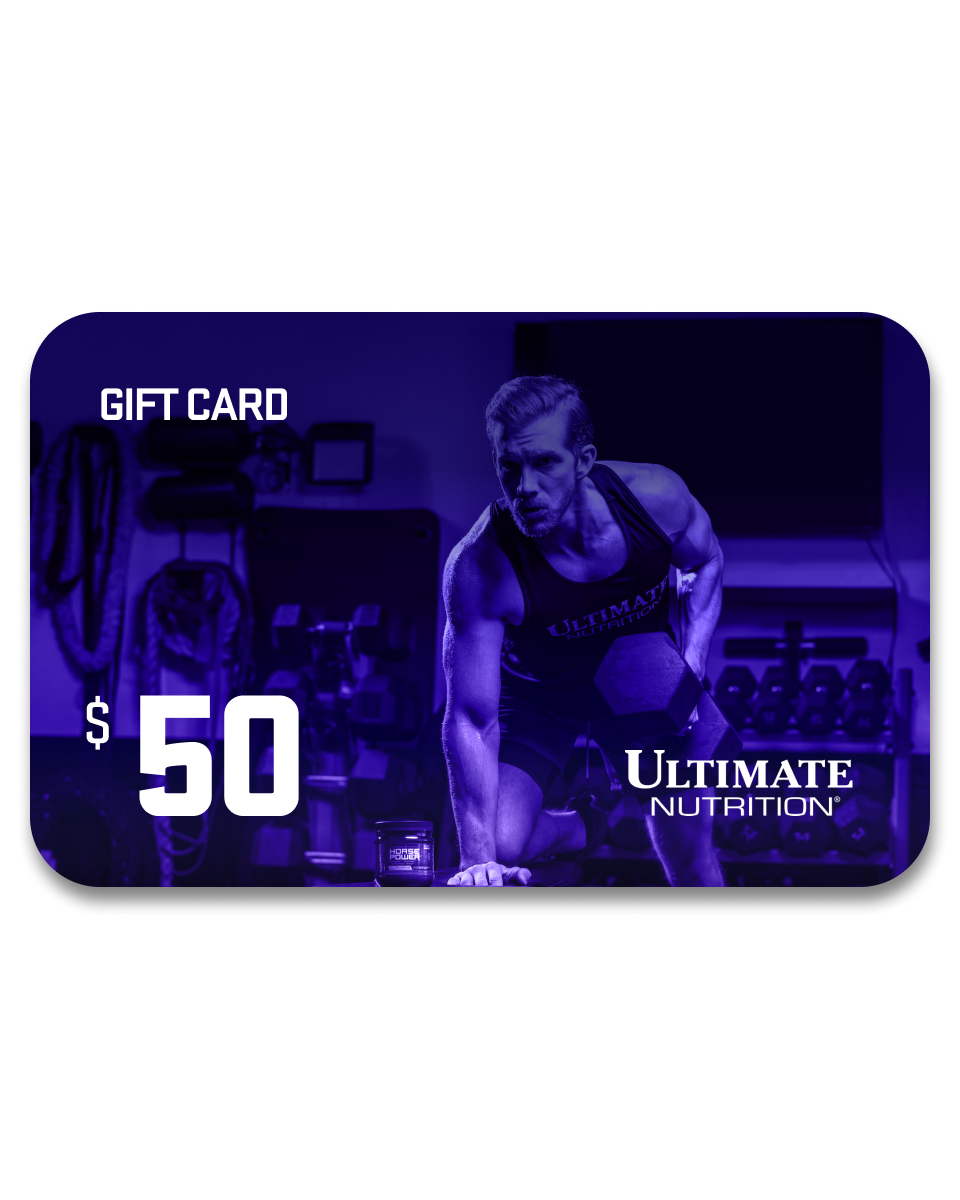
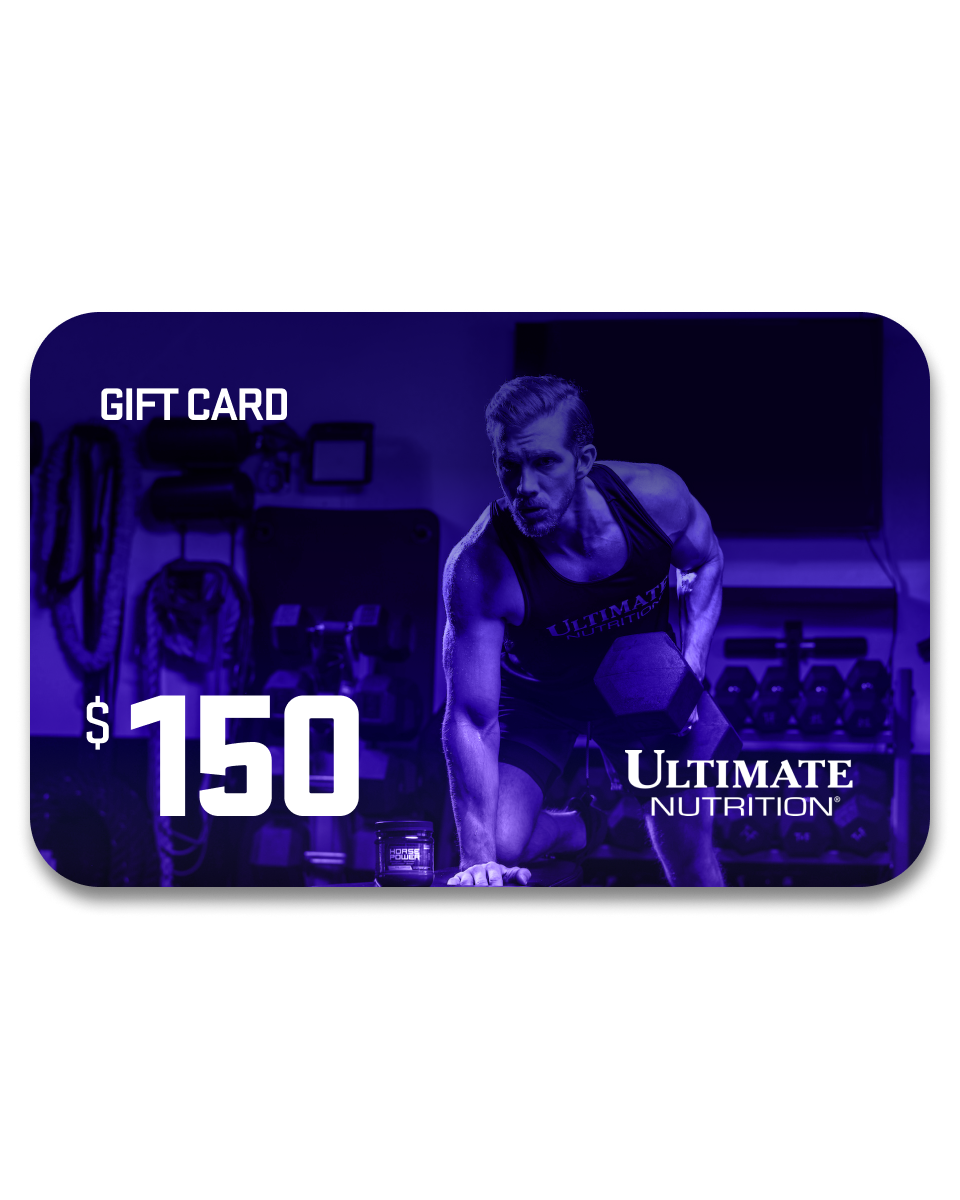
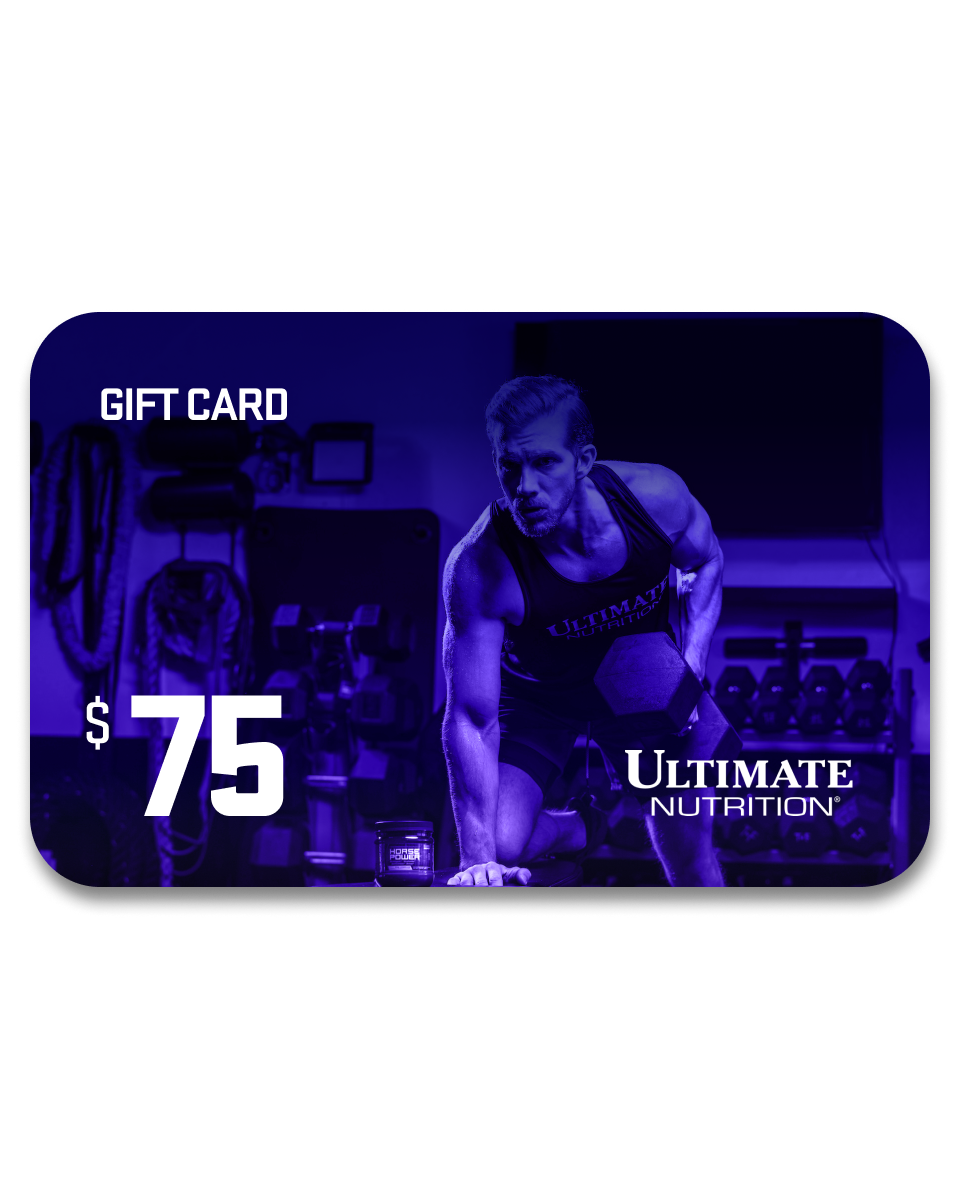
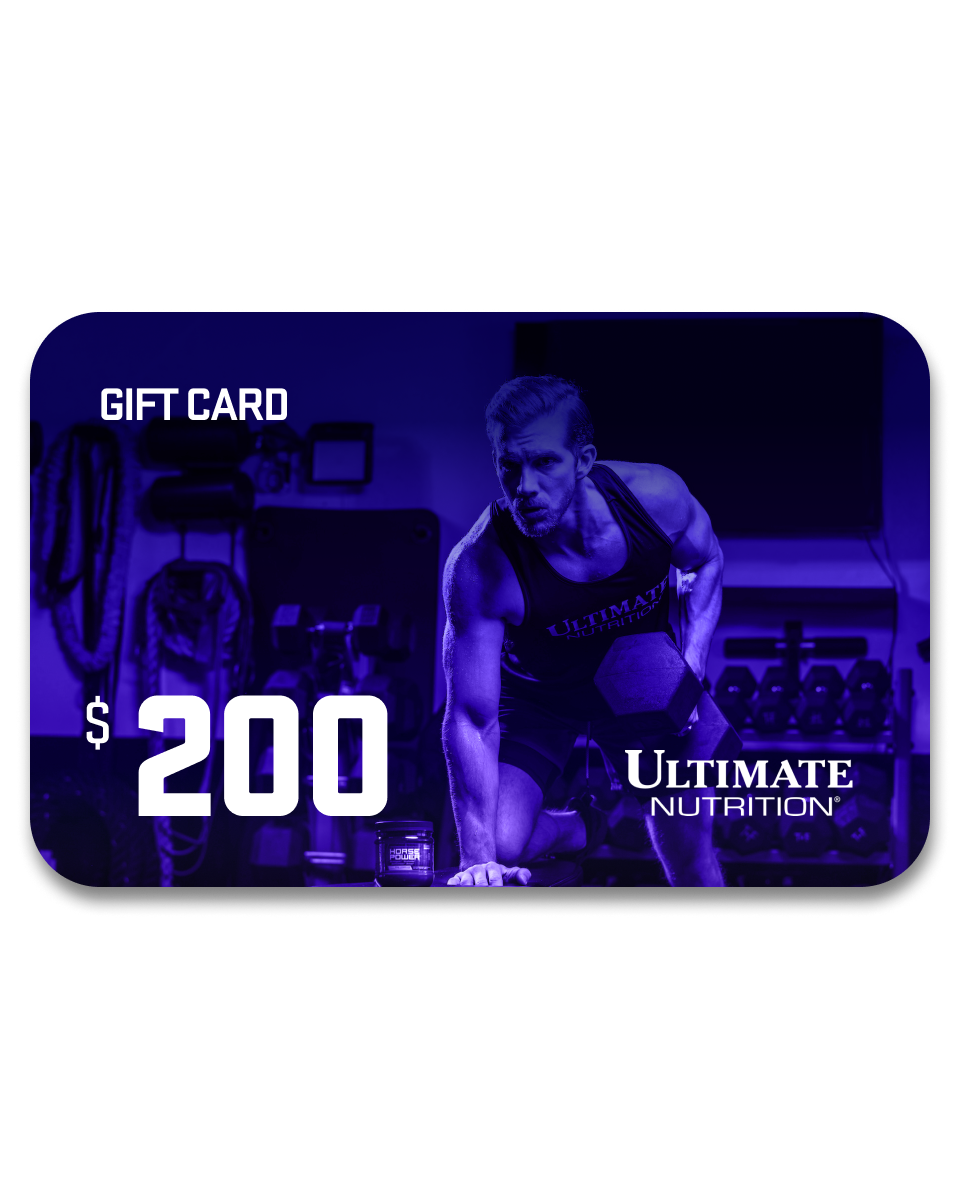
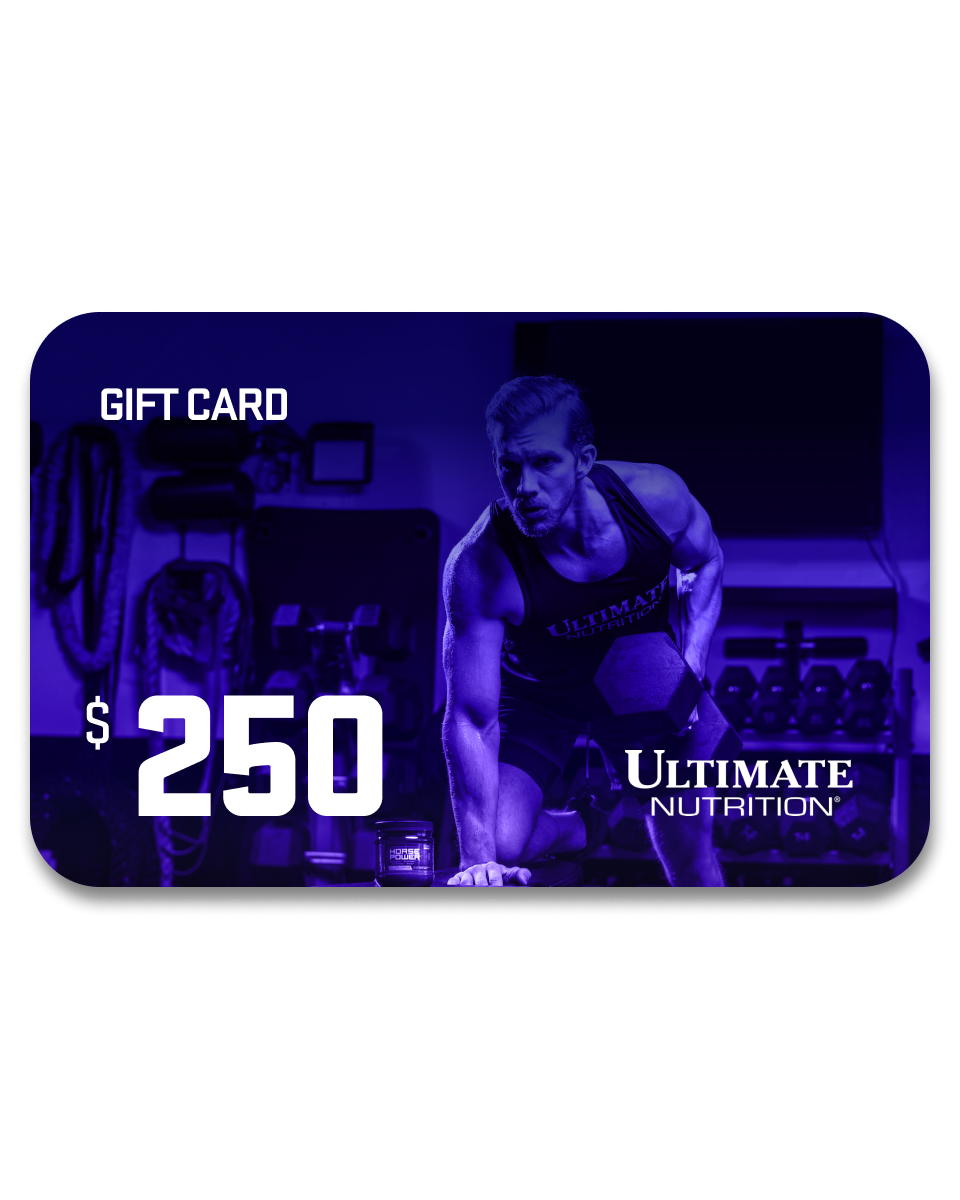
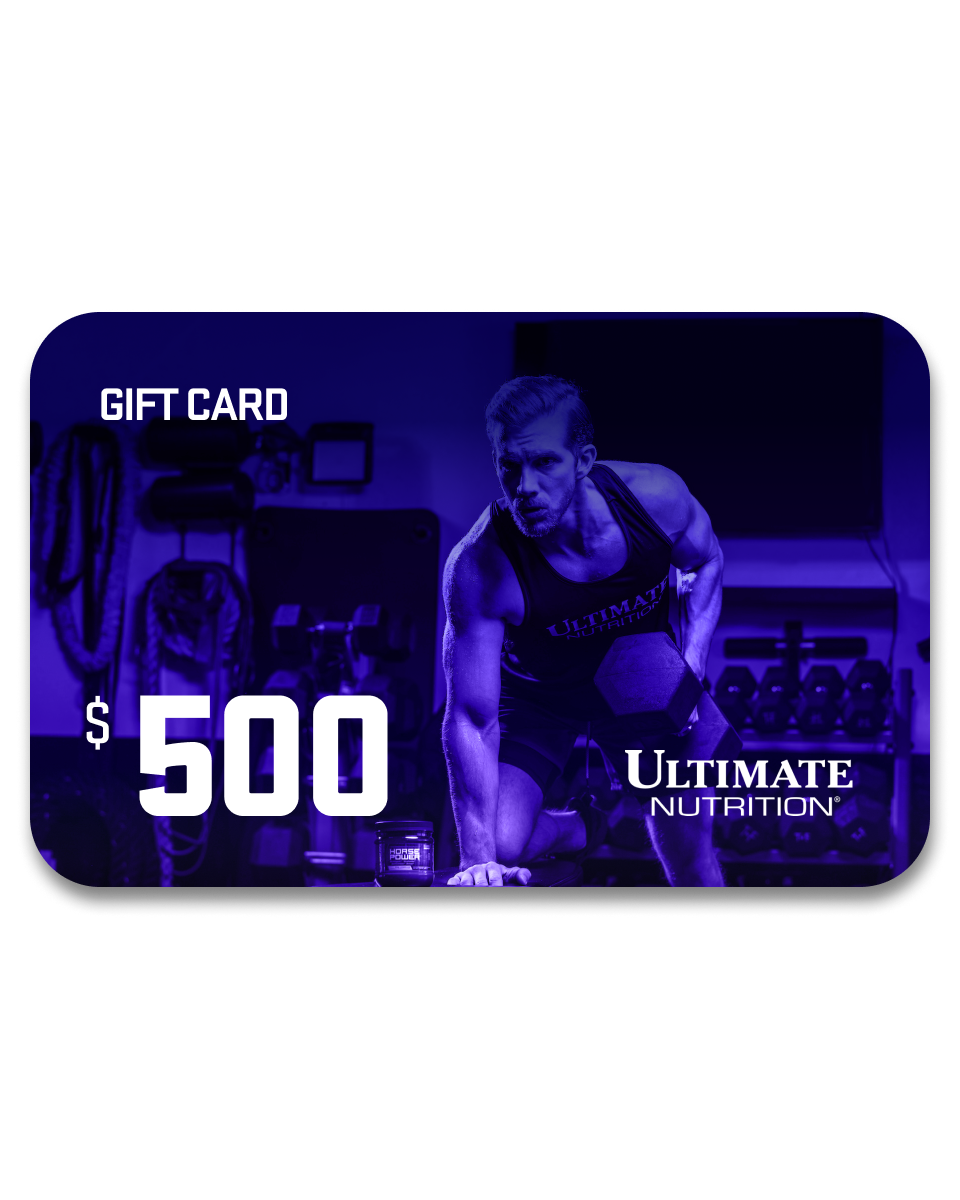
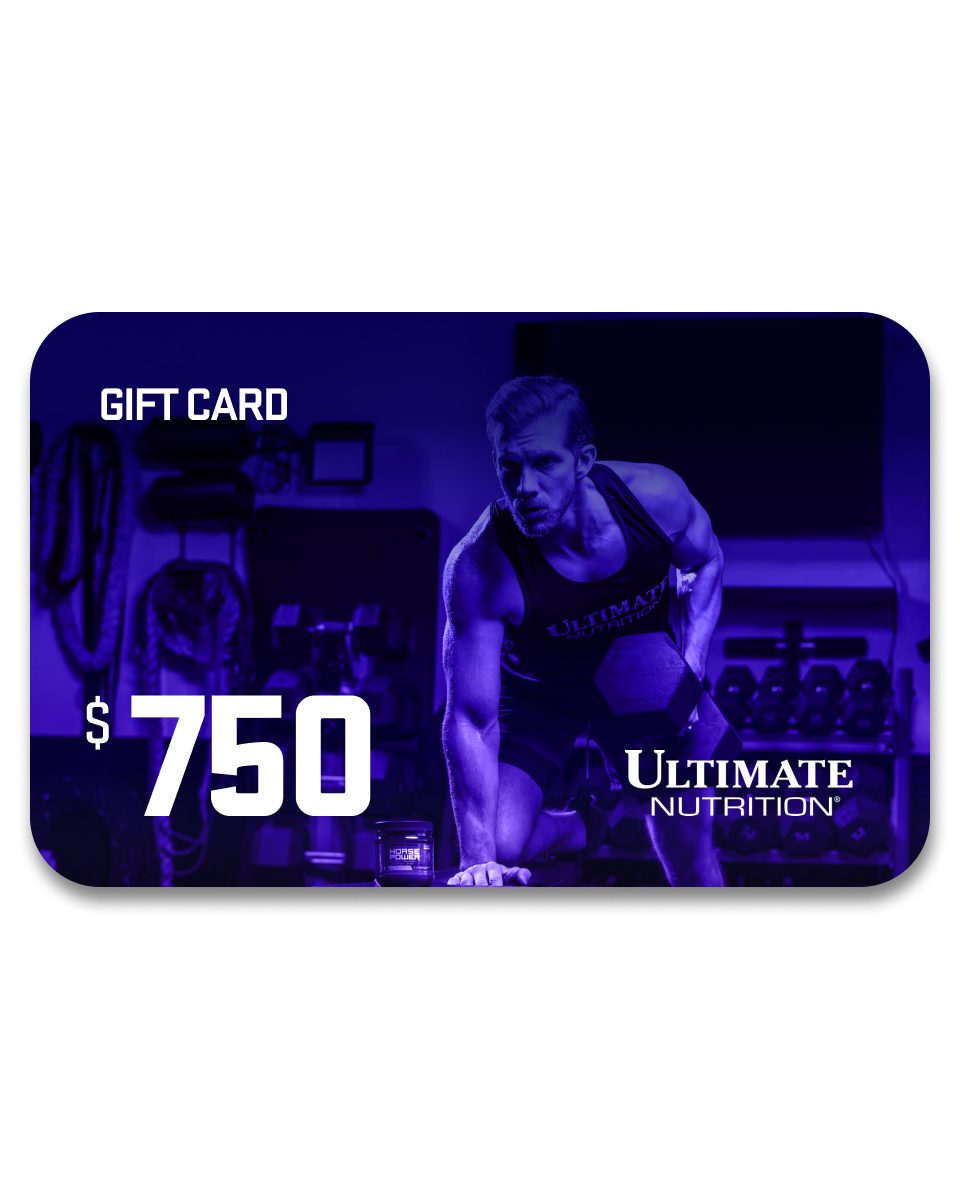
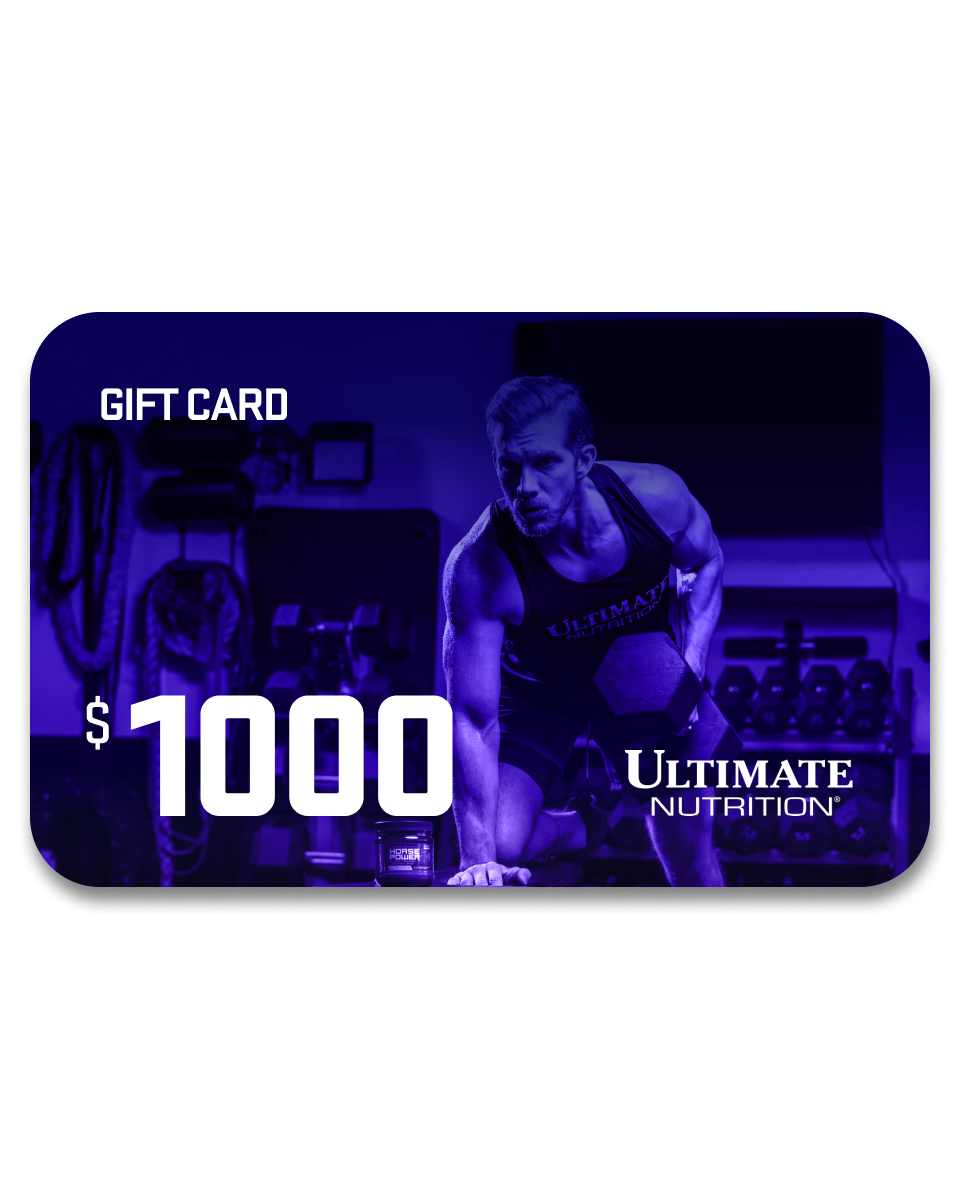



Comments
great article on the differences thx